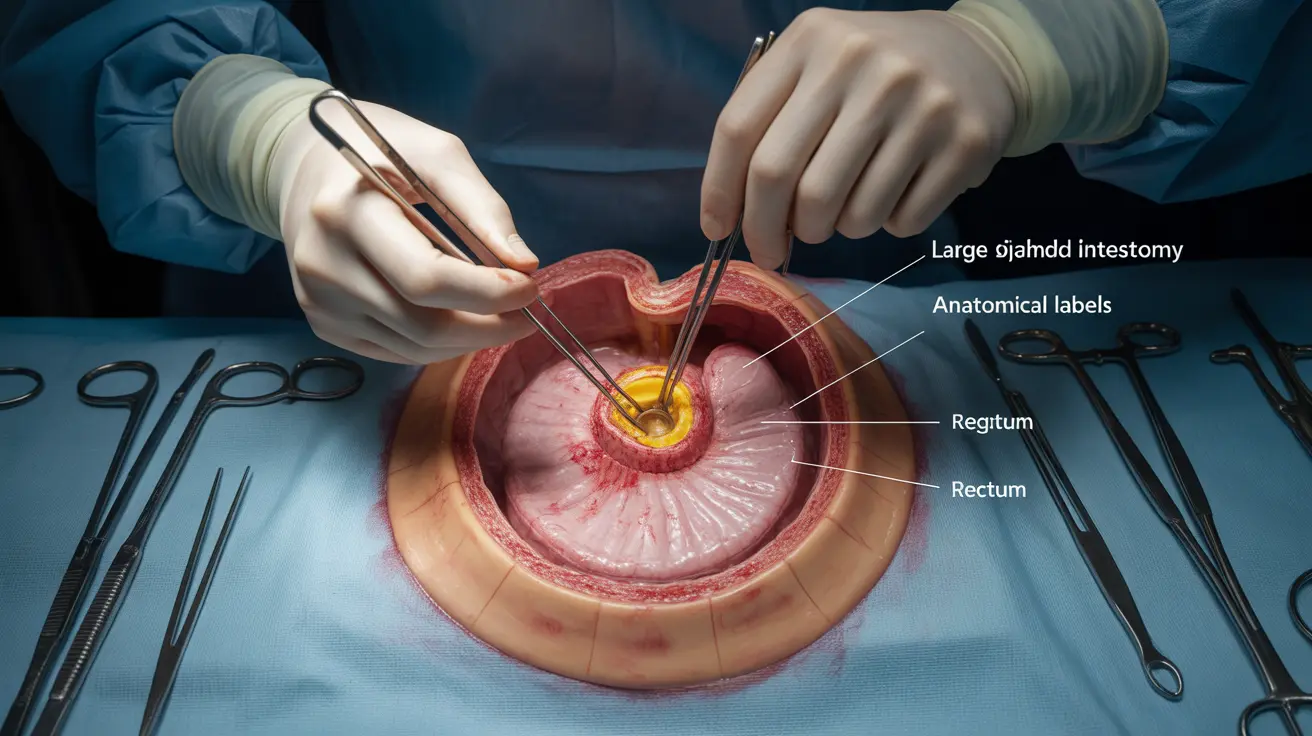A sigmoid colectomy is a surgical procedure that involves removing part or all of the sigmoid colon, which is the S-shaped portion of the large intestine located just before the rectum. This important surgery is performed to treat various conditions affecting the lower digestive tract and can significantly improve a patient's quality of life when other treatments have proven ineffective.
Whether you're preparing for this surgery or supporting someone who is, understanding the procedure, its purposes, and what to expect during recovery can help reduce anxiety and promote better outcomes. Let's explore the key aspects of sigmoid colectomy in detail.
Understanding the Sigmoid Colectomy Procedure
A sigmoid colectomy can be performed using two main surgical approaches: traditional open surgery or minimally invasive laparoscopic techniques. The choice between these methods depends on various factors, including the patient's specific condition, overall health, and surgeon's recommendation.
Open Sigmoid Colectomy
In an open sigmoid colectomy, the surgeon makes a single large incision in the abdomen to access and remove the affected portion of the sigmoid colon. This traditional approach may be necessary for complex cases or when extensive visualization of the surgical site is required.
Laparoscopic Sigmoid Colectomy
The laparoscopic approach involves several small incisions through which specialized instruments and a camera are inserted. This minimally invasive technique typically results in less post-operative pain, shorter hospital stays, and faster recovery times compared to open surgery.
Medical Conditions Requiring Sigmoid Colectomy
Several conditions may necessitate a sigmoid colectomy, including:
- Diverticulitis
- Colorectal cancer
- Inflammatory bowel disease
- Bowel obstruction
- Severe trauma to the colon
- Persistent bleeding from the sigmoid colon
The Recovery Process
Recovery from sigmoid colectomy varies depending on the surgical approach and individual factors. Most patients can expect:
- Initial hospital stay of 3-7 days
- Gradual return to normal activities over 4-6 weeks
- Dietary modifications during healing
- Regular follow-up appointments
- Physical activity restrictions for several weeks
Post-Operative Care
Proper post-operative care is crucial for successful recovery. This includes wound care, pain management, and following dietary guidelines provided by your healthcare team. Most patients start with clear liquids and gradually progress to solid foods as bowel function returns.
Potential Risks and Complications
While sigmoid colectomy is generally safe, understanding potential risks is important. Common complications may include:
- Infection at the surgical site
- Bleeding
- Anastomotic leak
- Temporary bowel function changes
- Blood clots
- Adverse reactions to anesthesia
Frequently Asked Questions
What conditions typically require a sigmoid colectomy surgery?
Sigmoid colectomy is commonly performed to treat conditions such as diverticulitis, colorectal cancer, inflammatory bowel disease, and bowel obstruction. The surgery may also be necessary for severe trauma to the colon or persistent bleeding that cannot be controlled through other means.
What is the difference between open and laparoscopic sigmoid colectomy?
Open sigmoid colectomy involves a single large incision in the abdomen, while laparoscopic surgery uses several small incisions through which specialized instruments and a camera are inserted. Laparoscopic surgery typically offers benefits such as shorter recovery time, less pain, and smaller scars, though open surgery may be necessary for complex cases.
How long does it take to recover from a sigmoid colectomy, and what should I expect during recovery?
Recovery typically takes 4-6 weeks, with hospital stays ranging from 3-7 days. Patients gradually return to normal activities, starting with light movement and progressing based on their surgeon's recommendations. Diet begins with clear liquids and advances slowly to regular food as bowel function normalizes.
Will I need a temporary or permanent stoma after sigmoid colectomy surgery?
Most sigmoid colectomy procedures do not require a permanent stoma. However, in some cases, a temporary stoma may be necessary to allow the bowel to heal. Your surgeon will discuss whether a stoma might be needed based on your specific condition and surgical approach.
What are the common risks and complications associated with a sigmoid colectomy?
Common complications include surgical site infections, bleeding, anastomotic leak (where the reconnected bowel segments separate), temporary changes in bowel function, blood clots, and anesthesia-related risks. Your surgical team will monitor for these complications and address them promptly if they occur.




